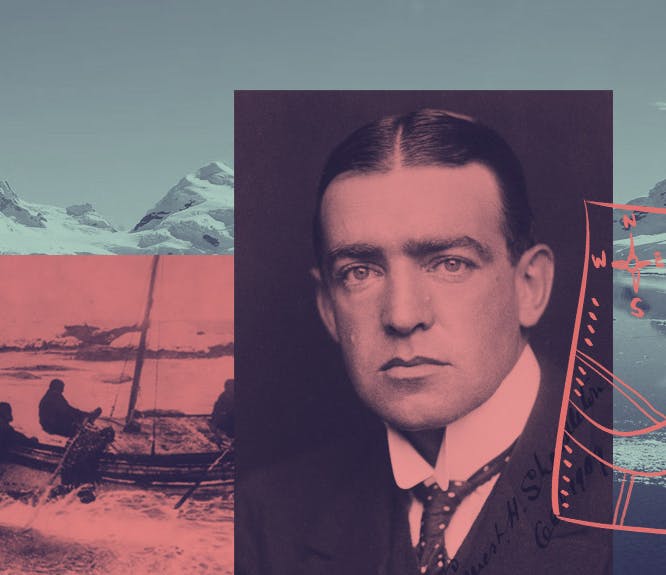Over 1.3 million US Civil War Pensions now available to search
2-3 minute read
By The Findmypast Team | April 2, 2015
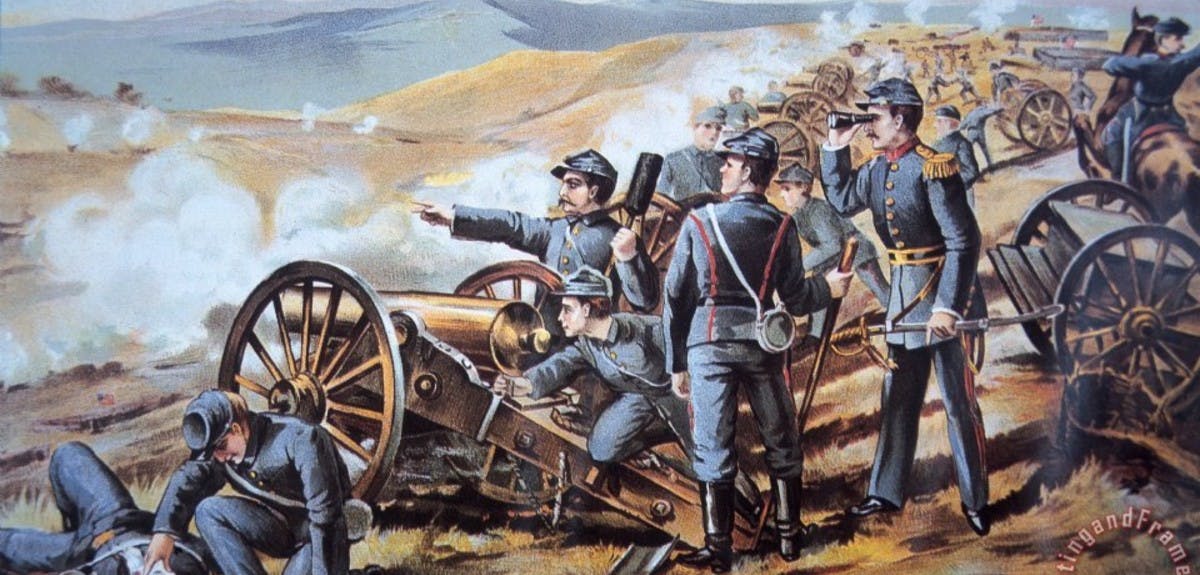
Over 1.3 US million military pension records of Civil War veterans have recently been added to Findmypast.
The United States Civil War Pension Files Index, 1861-1934, is an index of pension application cards for veterans and their beneficiaries. The records actually cover veterans of all conflicts during this period including the Indian Wars, the Spanish-American War, the Philippine Insurrection and World War I. The bulk of these files pertain to service in the U.S. Civil War, which saw millions of Americans enlisted into the Union Army.
Start exploring the US Civil War pension records
The veteran's pension was designed to assist veterans of the United States Armed Forces who had served in the military but did not qualify for a retirement pension. A pension plan for disabled veterans was established by congress in 1792 following the Revolutionary War and pension legislation for all surviving veterans was passed in 1818. Medical treatment and hospital care were also given to veterans by individual states and local communities.
The Civil War was perhaps the first event in the history of the United States that can be considered truly national in the scale of citizen involvement. It was a war of volunteers, both military and civilian that cost nearly 1,100,000 casualties and claimed more than 620,000 lives. Over 275,000 Union Army Soldiers were wounded in action.
Read amazing true stories from the American Civil War
Congress realised relatively early on in the conflict that the vast number of men returning from the war with life changing injuries created issues that needed to be addressed. This led to the passing of the Act to Grant Pensions on 14 July 1862. This marked the beginning of an official pension system for War veterans who had sustained war-related disabilities. Pensions were also available to soldier’s widows, children under the age of sixteen, and dependent relatives of soldiers who died in military service from war-related injuries.
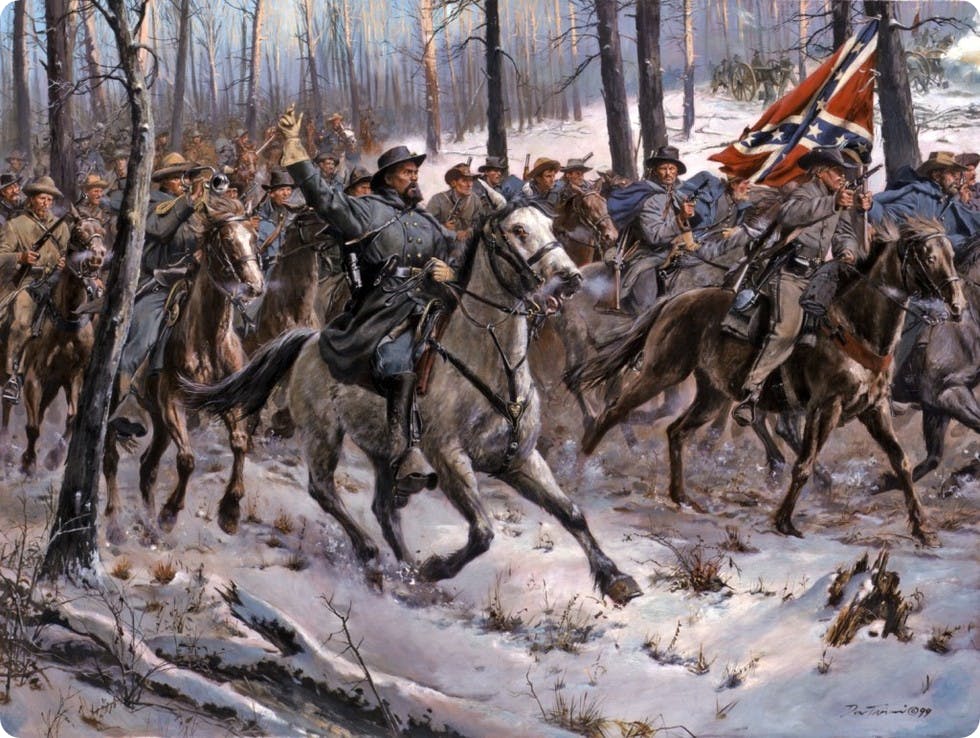
Each Civil War Pension Files Index record includes a transcript and many include images of the original application cards. Although the amount of information may vary, the majority of transcripts list the applicant’s name, date of application, and residence as well as the names of any beneficiaries. Images can reveal which unit they served in, what state he (or his beneficiaries) lived in at the time he applied for the pension, names of his widow or children, pension application numbers, previous pension application numbers, certificate numbers, and the name of his attorney.
Read a mother's Civil War story
The records include a number of notable figures from American military history. The infamous U.S. Army officer and cavalry commander in the Civil War and American Indian Wars, George A. Custer, appears in the records when his widow, Elizabeth, applied for his pension in April 1877, roughly 10 months Custer’s last stand at the Battle of the Little Bighorn.
Ulysses S. Grant, the Commanding General of the Union Army during the Civil War and 18th President of the United States, appears in the records when his widow, Julia, applied for his pension in December 1885, a few months after his death. His application card refers to him as “Late President U.S.”
Robert Gould Shaw, an abolitionist, a colonel in the Union Army and the subject of the 1989 Oscar winning film ‘Glory’ can also be found. During the Civil War, Shaw commanded the first all-black regiment in the Union Army, the 54th Massachusetts. He famously encouraged his men to refuse pay until they received payment equal to that of white troops’ wages. He appears in the records when a woman, named Emily, identified as his widow, applied for his pension in 1873, ten years after his death at the Second Battle of Fort Wagner. Interestingly, his wife’s name was Annie Haggerty Shaw, and it is unlikely “Emily” was a nickname. It is possible, however, that the recorder misheard and recorded the wrong first name.
Related articles recommended for you

Search new Scottish records this Findmypast Friday
What's New?
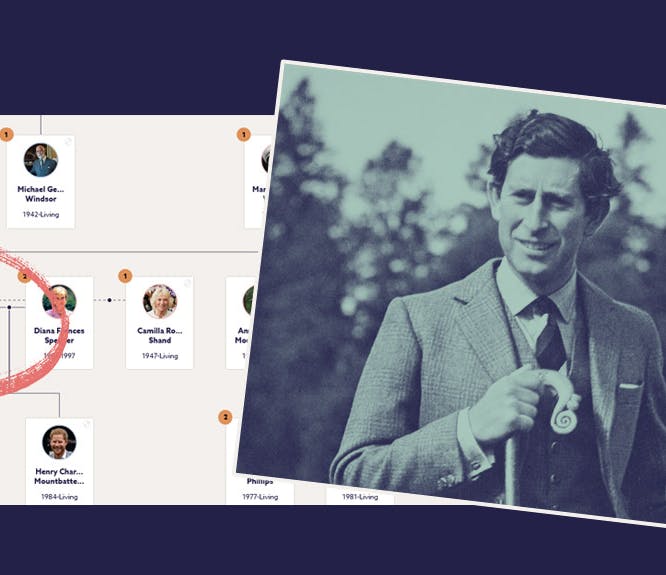
Who's who on King Charles III's family tree?
Build Your Family Tree
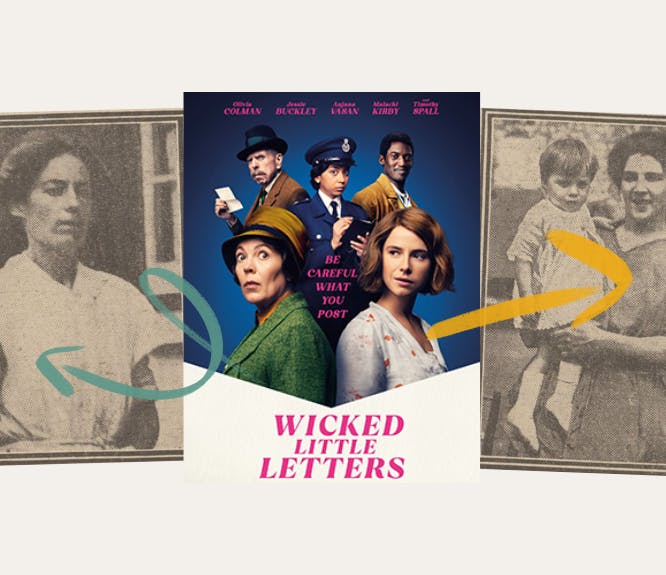
The shocking true story behind Wicked Little Letters
History Hub
